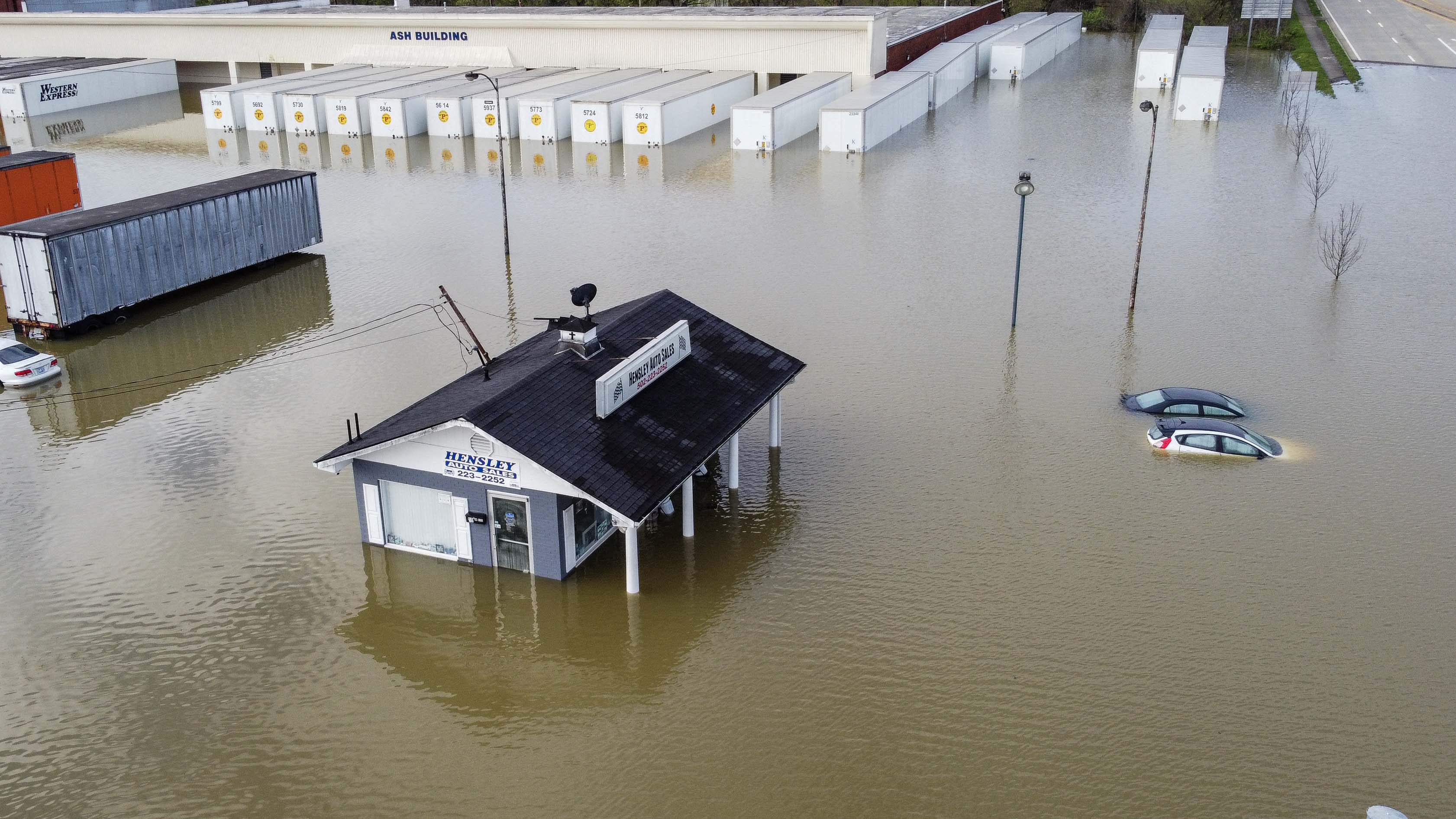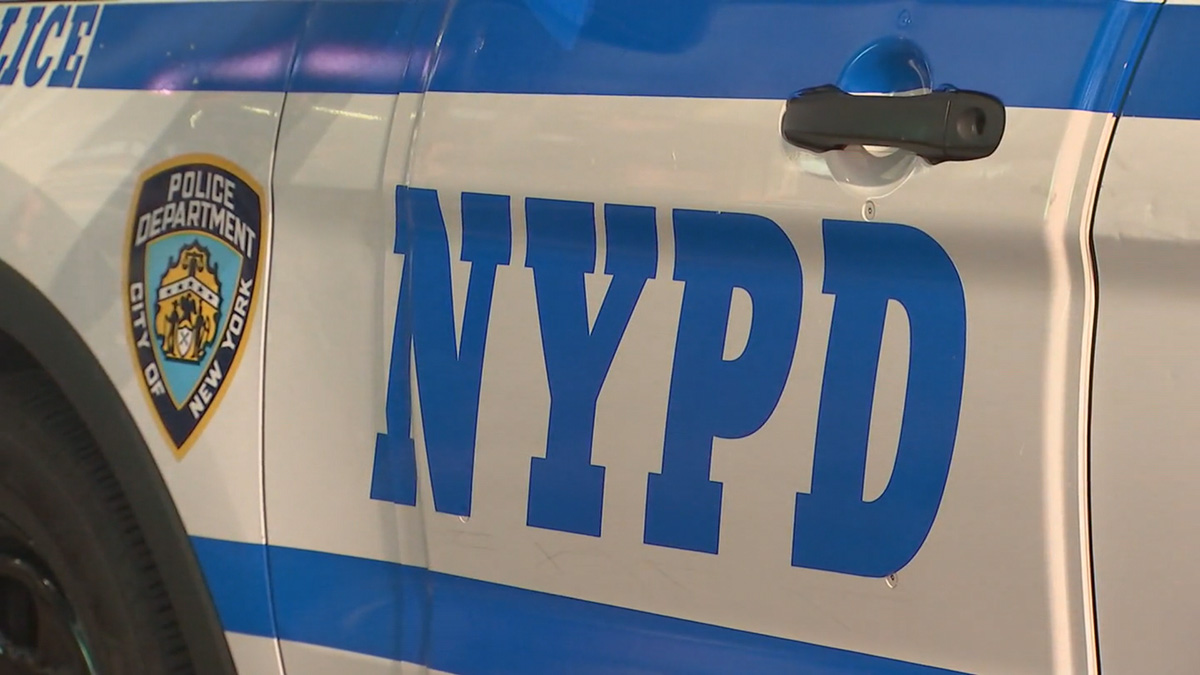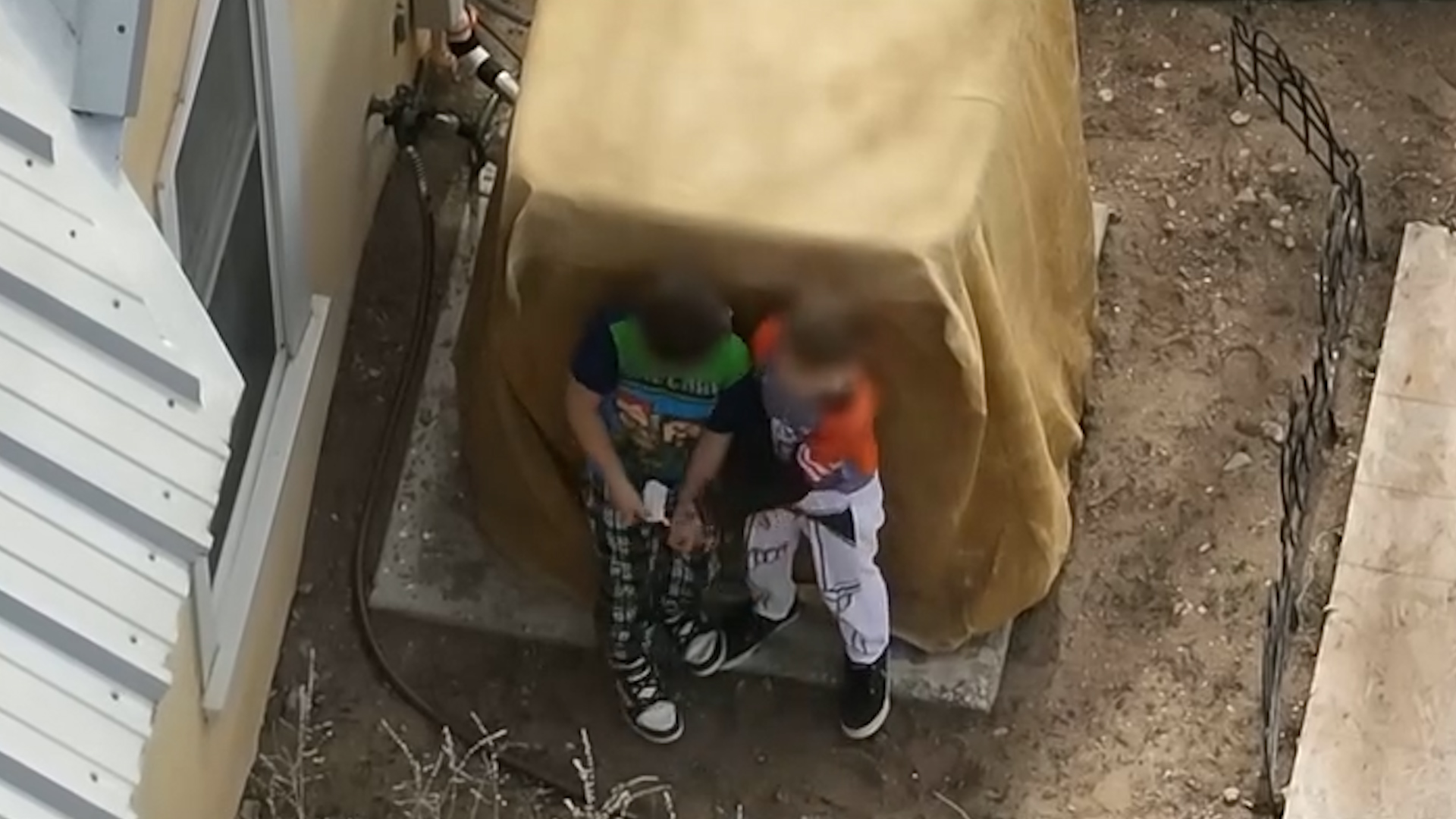NYPD Times Square Attack: Suspect Photos Released
Times Square Attack: New Photos Released of NYPD Suspects
Introduction: The Hunt Continues
The flashing lights of Times Square, typically a beacon of entertainment and excitement, were recently overshadowed by a disturbing incident: a brazen attack on two uniformed NYPD officers. Now, authorities have upped the ante in their pursuit of justice. New images have been released to the public, offering a clearer look at the suspects involved in this shocking assault. But what does this mean for the ongoing investigation, and how are the police closing in on these individuals?
The Incident: A Night of Chaos
Last Friday night, as the city geared up for a high-profile boxing event nearby, chaos erupted in the heart of Times Square. A group of roughly a dozen individuals, believed to be gang members, allegedly ambushed two NYPD officers. Can you imagine the shock and fear in that moment? This wasn't just a minor scuffle; it was a calculated assault on law enforcement.
Arrests Made, Suspects Still at Large
The NYPD swiftly responded, making several arrests in the immediate aftermath of the attack. However, the search is far from over. As of Tuesday evening, five suspects were in custody, but three others remain on the run. The release of these new photos is a crucial step in identifying and apprehending those still at large.
H2: The Central Park Connection
This isn't the first time these individuals have been on law enforcement's radar. According to officials, some of the suspected gang members are believed to be connected to a series of robberies that terrorized Central Park last summer. Is this just a case of repeat offenders, or is there a larger network at play?
H2: Beyond the Times Square Attack
The investigation is expanding beyond the immediate scope of the Times Square assault. Police are looking into the group's potential involvement in other crimes. This suggests that the authorities believe this group is involved in a broader pattern of criminal activity.
H2: Public Assistance: Your Role in the Investigation
H3: Identifying the Suspects
The NYPD is urging the public to come forward with any information that could help identify the remaining suspects. Do you recognize anyone in the released photos? Even the smallest detail could prove crucial in bringing these individuals to justice. Remember, your anonymity is protected, and your help could make a significant difference.
H3: Reporting Information
If you have any information related to the Times Square attack or the suspects involved, please contact the NYPD immediately. You can report tips anonymously through Crime Stoppers, ensuring your safety and confidentiality. Every piece of information, no matter how small, could be the missing puzzle piece that helps solve this case.
H2: The Impact on Community Safety
H3: Reassuring the Public
The attack has understandably raised concerns about public safety, particularly in high-traffic areas like Times Square. The NYPD is working diligently to reassure the public and increase its presence in the area. Increased police visibility and proactive measures are key to deterring future incidents.
H3: Long-Term Solutions
Addressing the root causes of gang violence and criminal activity is essential for long-term safety. This requires a multifaceted approach involving community outreach, youth programs, and support for at-risk individuals. It's not just about arrests; it's about preventing future crimes from happening in the first place.
H2: Understanding Gang Dynamics
H3: The Appeal of Gangs
Why do people join gangs in the first place? Understanding the motivations and social factors that contribute to gang involvement is crucial for developing effective prevention strategies. Is it a search for belonging, a need for protection, or a lack of opportunities?
H3: Breaking the Cycle
Breaking the cycle of gang violence requires a comprehensive approach that addresses the underlying issues that drive individuals to join gangs. This includes providing educational opportunities, job training, and mentorship programs. It's about offering alternatives and creating a pathway to a better future.
H2: The Role of Technology in Investigations
H3: Facial Recognition Technology
Facial recognition technology is playing an increasingly important role in law enforcement investigations. Can this technology help identify the remaining suspects in the Times Square attack? While controversial, facial recognition can be a powerful tool when used responsibly.
H3: Social Media Intelligence
Social media platforms can also provide valuable clues and leads in criminal investigations. Are the suspects active on social media? Law enforcement agencies are increasingly using social media intelligence to gather information and track down suspects.
H2: The Legal Ramifications
H3: Assault on a Police Officer
Attacking a police officer carries severe legal consequences. What charges are the suspects facing? Assaulting a police officer is a felony offense that can result in significant prison time.
H3: Conspiracy and Gang-Related Charges
In addition to assault charges, the suspects could also face conspiracy and gang-related charges, depending on the evidence presented. These charges can further increase the severity of the penalties.
H2: Examining Past Incidents: Lessons Learned
What lessons can be learned from past incidents of gang violence and attacks on law enforcement? Analyzing past events can help improve security measures and prevent future incidents. History often repeats itself, so understanding past mistakes is crucial.
H2: The Importance of Community-Police Relations
Strong community-police relations are essential for maintaining public safety. How can we improve trust and cooperation between law enforcement and the communities they serve? Open communication and mutual respect are key to building stronger relationships.
H2: Addressing the Root Causes of Crime
Tackling crime effectively requires addressing the underlying social and economic factors that contribute to it. This includes poverty, lack of education, and limited opportunities. It's about creating a more just and equitable society for everyone.
H2: The Future of Security in Times Square
What measures can be taken to enhance security in Times Square and prevent future attacks? This could involve increased surveillance, enhanced security protocols, and improved coordination between law enforcement agencies. Times Square is a symbol of New York City, and its safety is paramount.
Conclusion: A Call for Justice and Vigilance
The release of new photos marks a significant step forward in the investigation of the Times Square attack on NYPD officers. While arrests have been made, the search for the remaining suspects continues. The public's assistance is crucial in bringing these individuals to justice and ensuring the safety of our communities. Stay vigilant, report any suspicious activity, and remember that we all have a role to play in keeping our city safe.
Frequently Asked Questions
- What should I do if I recognize someone in the photos?
If you recognize any of the suspects in the released photos, immediately contact the NYPD Crime Stoppers hotline. Your identity will be kept confidential.
- Are the suspects considered armed and dangerous?
While the NYPD hasn't explicitly stated that the suspects are armed, it's always best to exercise caution and avoid approaching them. Contact law enforcement immediately if you spot them.
- What are the potential penalties if the suspects are caught?
The suspects could face a variety of charges, including assault on a police officer, conspiracy, and potentially gang-related charges. The penalties can range from several years to potentially decades in prison, depending on the severity of the offenses.
- How is the NYPD working to prevent future attacks in Times Square?
The NYPD has increased its presence in Times Square and is implementing enhanced security protocols. They are also working with community organizations to address the root causes of crime and gang violence.
- Where can I find the photos of the suspects?
The photos of the suspects have been widely distributed by news outlets and are available on the NYPD's official website and social media channels. If you can't find them there, search reputable news sites using keywords like "NYPD Times Square attack suspects photos".



